The following is a small selection of items recently published by EPRI. To view complete lists of your company-funded research reports, updates, software, training announcements, and other program deliverables, log in at www.epri.com and go to Program Cockpits.
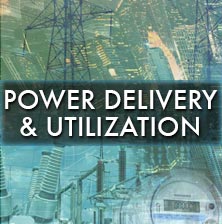
EPRI is organizing R&D to examine the benefits and other aspects of electrification. This is the monthly newsletter for the initiative.

This software determines the capacity of distributed energy resources (DER) that can be accommodated on a feeder; distribution system impacts from DER; and infrastructure upgrades required to address these impacts.
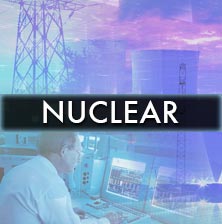
This conference highlighted emerging and advanced welding and repair technologies for nuclear and fossil pressure-retaining components, rotating equipment, and other engineering structures. Researchers and experts from industry and academia exchanged technical knowledge related to welding technologies for maintenance of existing power plants and fabrication of new power plants.
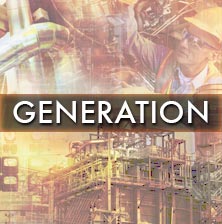
This study at Georgia Power’s Plant Bowen examined the fate and capture of flue gas selenium compounds as well as mercury capture.
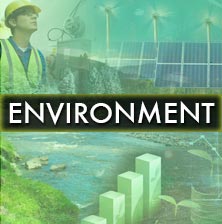
Using commercially available equipment, this study evaluated the use of a biopolymer-enhanced centrifuge-dewatering process for remediating manufactured gas plant sites.

Continuous hydrogen monitoring in a power plant’s boiler and turbine steam cycle can help provide insights into corrosion rates. This report presents the findings from hydrogen analyzer trials at a coal-fired unit and a natural gas–fired unit.
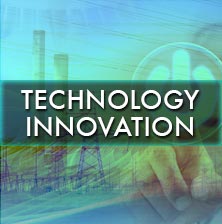
Ultrasupercritical coal-fired steam power-plants have higher operating temperatures and pressures than traditional plants and require materials that have improved strength and corrosion resistance, particularly in superheater and reheater boiler tube sections. Researchers subjected samples of the advanced austenitic stainless steel Super 304H to high heat and pressure and conducted detailed analyses of cavities and microstructural features.

This study evaluated the radiofrequency fields associated with a bank of ten smart meters and discusses the results in the context of Federal Communications Commission regulations that set safe exposure limits for the general public.

This report discusses the latest milestones and findings with EPRI’s Integrated Grid pilot projects.

This report reviews the context for risk assessment in corrective actions as described in the federal Coal Combustion Residuals rule. It also discusses changes to the rule approved in the 2016 Water Infrastructure Improvements for the Nation Act.

Additives for nuclear fuels can increase strength, decrease the release of fission gas, and reduce interactions between fuel pellets and cladding. This report reviews the open scientific literature on the use of fuel additives to achieve these benefits.

In this study, EPRI examined irradiated molybdenum cladding to assess the potential of molybdenum alloys to enhance the tolerance of nuclear fuel rods to severe accident conditions.